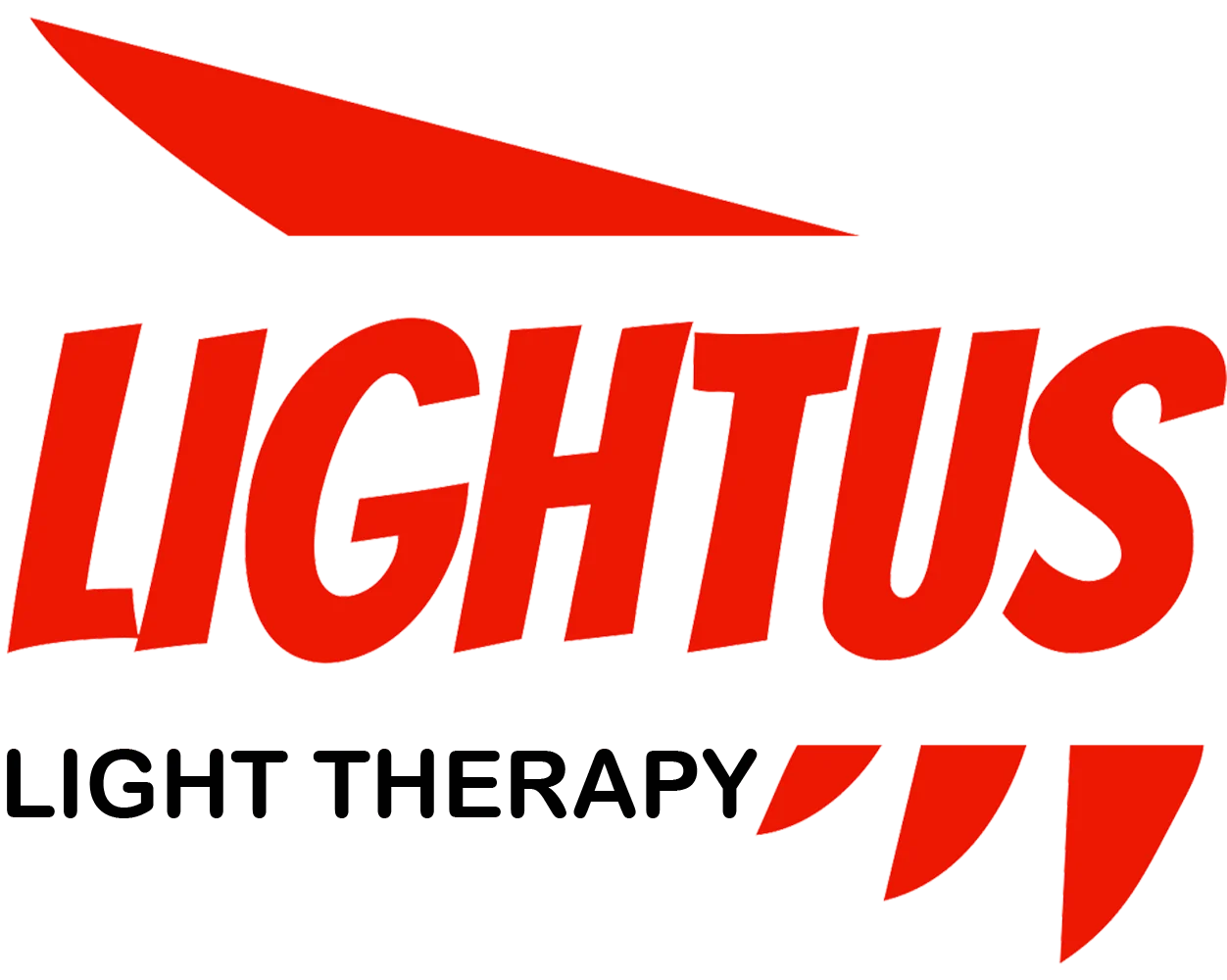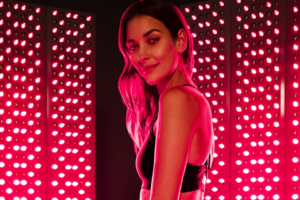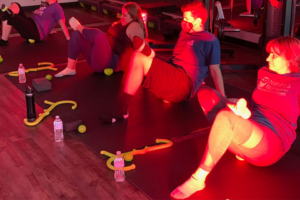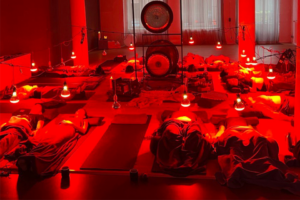The Ultimate Guide to Red Light Therapy: Unlock Your Body’s Healing Potential

Red light therapy has been making waves in the wellness world, and for good reason. This non-invasive treatment offers a wide range of benefits for both physical and mental health. In this comprehensive guide, we’ll explore the ins and outs of red light therapy, how it works, and why it might be the missing piece in your wellness routine. Whether you’re a curious newcomer or a seasoned enthusiast, this article will shed light on the fascinating world of red light therapy.
Table of Contents
What Exactly is Red Light Therapy?
Red light therapy, also known as photobiomodulation or low-level laser therapy, is a treatment that uses low wavelengths of red and near-infrared light to stimulate cellular processes in the body. This non-invasive therapy has been shown to have a wide range of benefits, from improving skin health to reducing inflammation and even promoting hair growth.
How Does Red Light Therapy Work?
Red light therapy works by delivering specific wavelengths of light (typically 630-660nm for red light and 810-850nm for near-infrared light) to the body’s cells. These wavelengths penetrate the skin at different depths, triggering various biological responses:
- Increased ATP production
- Enhanced cellular repair and regeneration
- Improved blood circulation
- Reduced oxidative stress
The effect of red light on the body’s cells is similar to how plants use sunlight for photosynthesis – it provides energy that can be used for various cellular processes.
What Are the Benefits of Red Light Therapy?
The potential benefits of red light therapy are vast and varied. Here are some of the most well-researched and promising results from red light therapy:
- Improved Skin Health: Red light therapy can help improve skin health by reducing wrinkles, promoting collagen production, and treating various skin conditions.
- Reduced Inflammation: Many studies have shown that red light therapy may help reduce inflammation throughout the body, which can be beneficial for various conditions.
- Pain Relief: Red light therapy has been shown to be effective in reducing pain associated with various conditions, including arthritis and muscle soreness.
- Enhanced Muscle Recovery: Athletes and fitness enthusiasts often use red light therapy to speed up muscle recovery and reduce soreness after intense workouts.
- Hair Growth Stimulation: Some studies suggest that red light therapy may help stimulate hair growth and slow down hair loss.
- Improved Sleep Quality: Exposure to red light in the evening may help improve sleep quality by supporting the body’s natural circadian rhythm.
- Mood Enhancement: Some research indicates that red light therapy may have mood-boosting effects, potentially helping with conditions like seasonal affective disorder.
How Often Should You Use Red Light Therapy?
The frequency of red light therapy sessions can vary depending on your specific goals and the condition you’re treating. However, a general guideline is to start with 2-3 sessions per week, each lasting about 10-20 minutes. As you become more accustomed to the treatment, you may increase the frequency to daily sessions if desired.It’s important to note that consistency is key when it comes to red light therapy. Regular sessions over time are more likely to produce noticeable results than sporadic use.
Can You Do Red Light Therapy at Home?
Yes, you can! While professional red light therapy treatments are available at many spas and clinics, there are now numerous at-home red light therapy devices on the market. These range from handheld devices to full-body panels, allowing you to incorporate red light therapy into your daily routine from the comfort of your own home.For those interested in at-home red light therapy, TherapyRedLight.com offers a range of high-quality red light therapy devices, including full-body panels, handheld devices, and targeted treatments for specific areas like the face or scalp.
Are There Any Side Effects of Red Light Therapy?
Red light therapy is considered a safe treatment with minimal side effects. However, some people may experience:
- Temporary eye strain if looking directly at the light
- Mild headaches
- Slight skin irritation
To minimize these potential side effects, always follow the manufacturer’s instructions and start with shorter sessions, gradually increasing the duration as your body adjusts.

How Long Does It Take to See Results from Red Light Therapy?
The time it takes to start noticing results from red light therapy can vary depending on several factors, including:
- The condition being treated
- The frequency and duration of sessions
- Individual response to the treatment
Some people report feeling immediate effects, such as reduced pain or improved skin tone, after just a few sessions. However, for more significant changes, it may take several weeks or even months of consistent use to see noticeable results.
Is Red Light Therapy FDA-Approved?
While the FDA has cleared several red light therapy devices for specific uses, such as treating acne or promoting hair growth, it’s important to note that red light therapy is not FDA-approved as a treatment for all conditions. Always consult with a healthcare professional before starting any new treatment regimen.
How Does Red Light Therapy Compare to Other Light Therapies?
Red light therapy is just one type of light therapy. Other common forms include:
- Blue light therapy: Often used for acne treatment
- Green light therapy: Used for pigmentation issues and skin calming
- Yellow light therapy: Used for skin rejuvenation and redness reduction
While each type of light therapy has its own benefits, red light therapy is unique in its ability to penetrate deeper into the skin and affect cellular processes throughout the body.
Can Red Light Therapy Help with Weight Loss?
While red light therapy isn’t a magic solution for weight loss, some studies suggest it may help support weight loss efforts by:
- Reducing inflammation
- Improving metabolism
- Enhancing muscle recovery, potentially leading to more effective workouts
For those interested in exploring red light therapy for weight loss support, TherapyRedLight.com offers a red light therapy belt specifically designed for this purpose.
Key Takeaways: What You Need to Remember About Red Light Therapy
- Red light therapy uses specific wavelengths of light to stimulate cellular processes in the body.
- It offers a wide range of potential benefits, including improved skin health, reduced inflammation, and enhanced muscle recovery.
- Consistency is key – regular sessions over time are more likely to produce noticeable results.
- At-home red light therapy devices make it easy to incorporate this treatment into your daily routine.
- While generally safe, always follow usage instructions and consult with a healthcare professional before starting any new treatment.
- Results can vary, but many people start noticing improvements within a few weeks to months of consistent use.
Red light therapy offers a promising, non-invasive approach to enhancing overall health and wellness. Whether you’re looking to improve your skin, reduce pain, or support your fitness goals, red light therapy may be worth exploring. Remember to do your research, choose high-quality devices, and be patient as you embark on your red light therapy journey.
A high-quality red light therapy panel for at-home useBy understanding the science behind red light therapy and its potential benefits, you can make informed decisions about incorporating this innovative treatment into your wellness routine. As always, listen to your body and consult with healthcare professionals to ensure you’re using red light therapy in a way that’s safe and effective for your individual needs.






